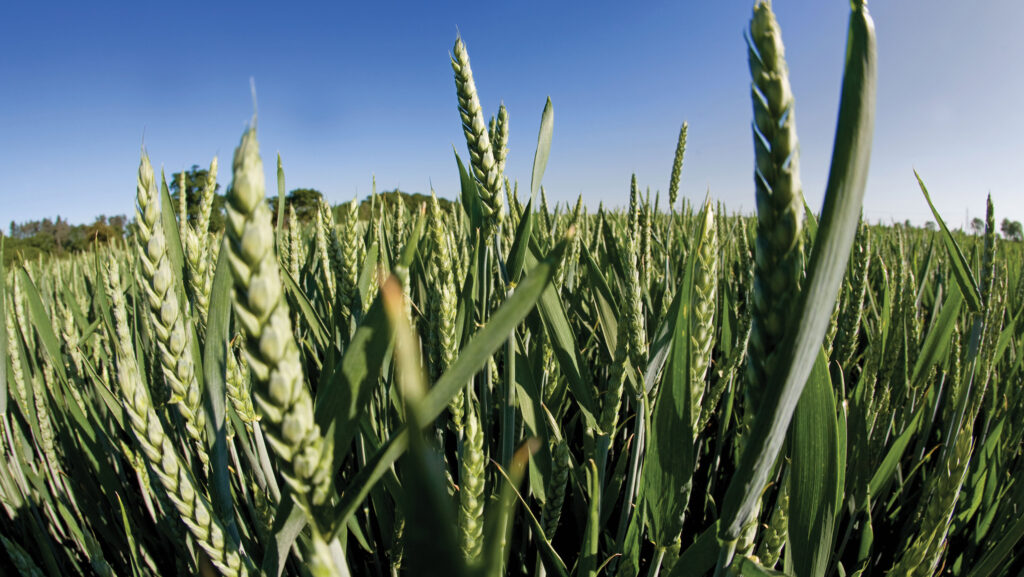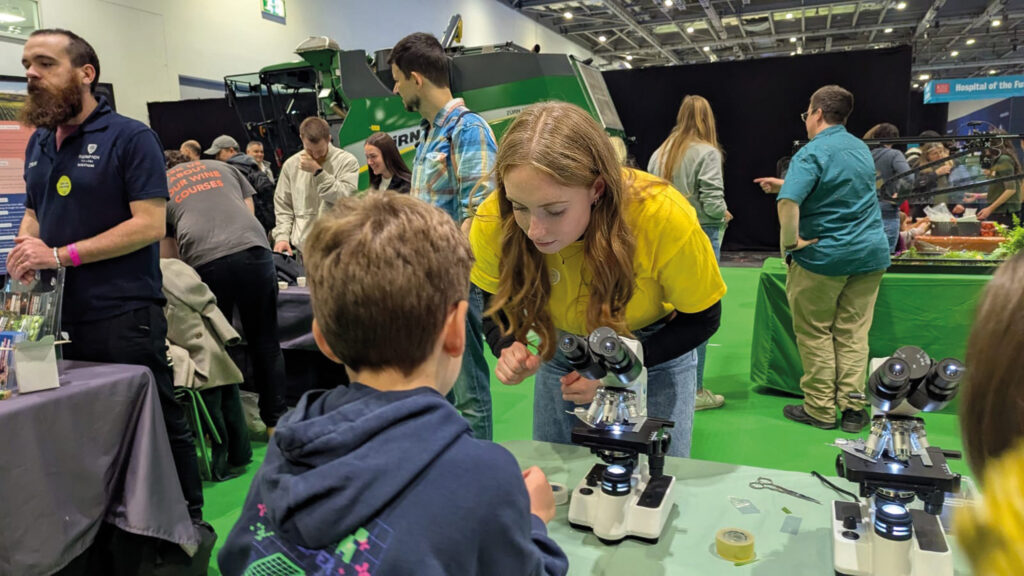Research on old wheat varieties may protect future yields
 © Tim Scrivener
© Tim Scrivener Scientists at the John Innes Centre (JIC) are uncovering hidden traits in wheat that could help farmers safeguard yields against climate change and disease.
The JIC holds the AE Watkins landrace collection of bread wheat, a unique snapshot of global wheat as it was in the 1920s and 30s.
These older cultivars carry characteristics that were lost through time as breeders pushed for yield and consistency on the basis of a very small group of European wheats.
See also: Trial shows best break crops and cultivation for wheat profit
Climate and disease threats
Researchers say these forgotten characteristics could now help tackle today’s challenges, from drought and flooding to pest and disease pressure.
“Traits that were missed by the first modern plant breeders are now helping us to make wheat more resilient.
“And our aim is to create resources for breeders that future-proof commercial crops,” says Dr Simon Griffiths, group leader at JIC.
Beneficial attributes already found in this untapped diversity include nitrogen use efficiency, slug resistance and resilience to pests and diseases.
Engagement of stakeholders including commercial plant breeders, farmers – particularly through the British on Farm Innovation Network – and trade organisations such as UK Flour Millers has been critical in deciding what characteristics should be mined.
One strand of research is focusing on screening for natural disease resistance to yellow rust.
This is in response to the pathogen recently overcoming the rust resistance gene YR15 in modern wheats.
“Disease remains the biggest challenge for wheat growers, so by identifying natural genetic resistance, we can strengthen crops from within,” Simon explains.
Scientists assumed that a lot of diversity was already explored in modern wheats.
However, research funded by the BBSRC in the early 2000s has mined the genetic potential of the Watkins wheat collection to reveal thousands of potentially useful genetic variations in the wheat lines.
“This was an unexpected but exciting discovery,” says Simon.
Raise awareness

© Alistair Veyard Photography
JIC scientists are also taking their work outside the lab to raise awareness and increase public understanding of the work they do.
Exhibiting at this year’s New Scientist Live event, visitors were asked to guess the yield from a square metre of wheat.
Typically, 300 wheat seeds are sown per square metre, and about 25,000 seeds are yielded – enough to make one loaf of bread.
In the UK, nearly 11m loaves are sold each day, highlighting just how important it is to safeguard wheat production for the future.
Visitors were also given the opportunity to make their own slide to allow them to see the stomata on wheat leaves under the microscope.
Stomata are microscopic pores on the underside of wheat leaves that open during the day to allow carbon dioxide into the plant, but when they are open, water vapour is also able to escape.
JIC is exploring how the size and number of stomata may be modified to improve drought tolerance.
These activities highlight the huge potential of wheat and the importance of protecting it against threats.
The green revolution of the 20th century transformed wheat yields, but with yields now plateauing and climate extremes increasing, researchers believe a new revolution is needed.
By combining genetic diversity from the past with modern breeding tools, JIC hopes to give farmers varieties that are not just high-yielding, but also resilient and sustainable.
John Innes Centre was part of the Farmers Weekly Future of Food & Agriculture exhibit at New Scientist Live (18-20 October), helping encourage the next generation to consider a career in agriculture and help us feed the world sustainably.
Partners
Harper Adams University is our lead education partner


